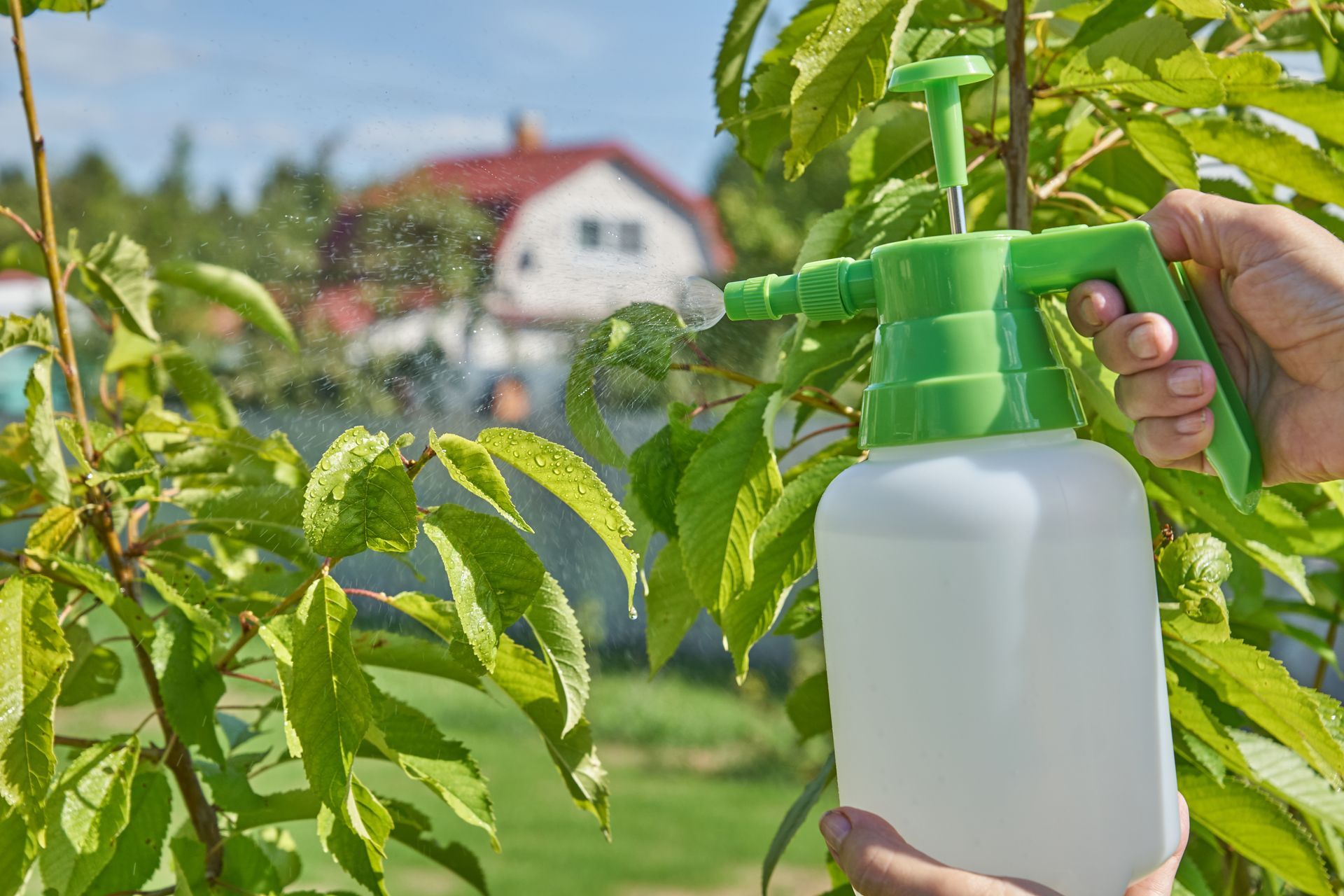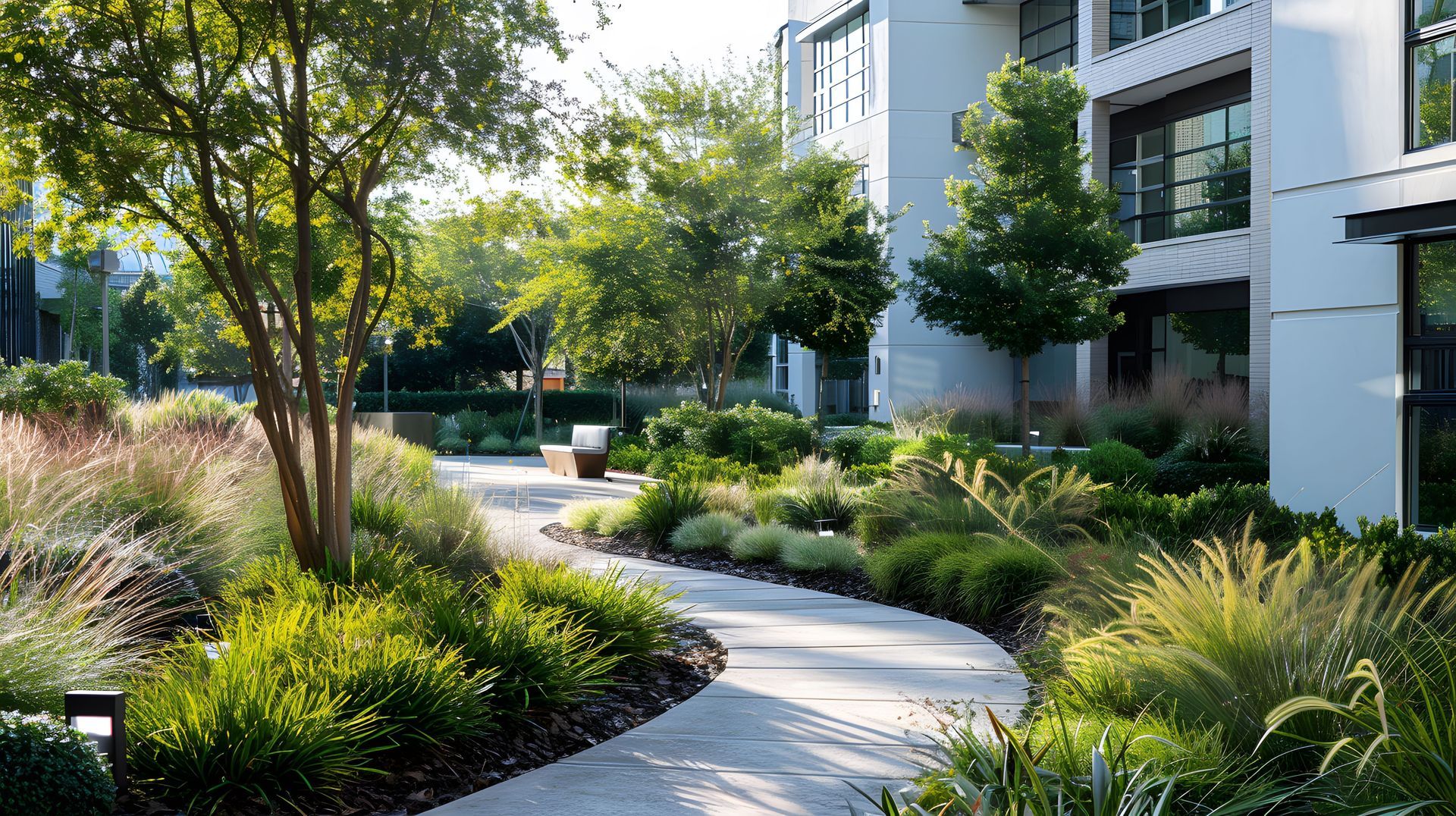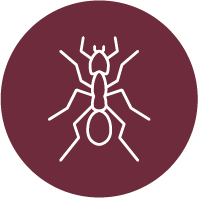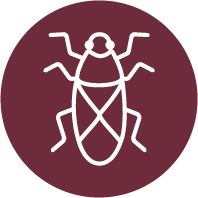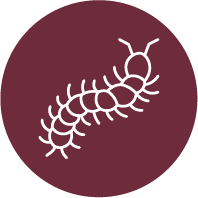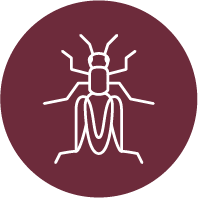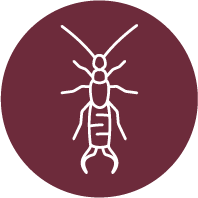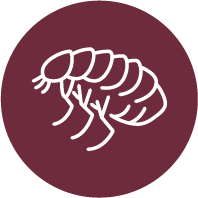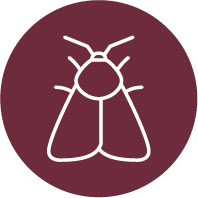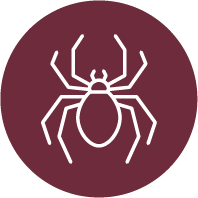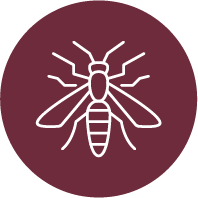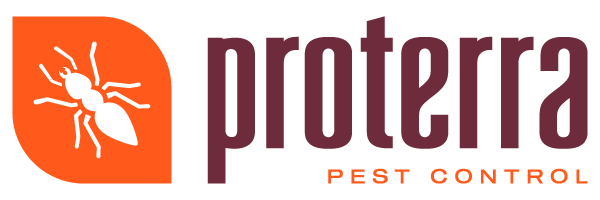The Connection Between Pest Control and Health
Maintaining a healthy home goes beyond regular cleaning and tidying—it also requires proactive pest control. In Pasco, where the climate and environment can invite a variety of pests, safeguarding your living space means more than just keeping bugs at bay. It’s about ensuring the health and well-being of your entire household. At Proterra Pest Control, we’re passionate about helping Pasco residents create safer, cleaner homes by tackling pests the smart way.
Why Pest Control Matters for Household Health
Pests are more than a nuisance; they can be a genuine threat to your family's health. Common household pests such as rodents, cockroaches, mosquitoes, and ants can carry and spread diseases that compromise the safety of your living environment. Pests are known vectors for illnesses like salmonellosis, hantavirus, Lyme disease, and West Nile virus. These health concerns are especially relevant in Pasco, where changing seasons and local geography create ideal conditions for these pests to thrive.
For families with young children, seniors, or anyone with compromised immune systems, the risks associated with pests increase significantly. Exposure to pest droppings, urine, and shed skins can trigger allergies, asthma attacks, and other respiratory problems. Cockroaches, for example, are a leading cause of asthma in children.
How Pests Compromise Household Safety
Beyond the direct health risks, pests can also damage the structural integrity and safety of your home. Rodents often gnaw through electrical wiring, creating fire hazards. Termites and carpenter ants silently eat away at wooden support structures, which can lead to costly repairs and unsafe living conditions. Even seemingly harmless pests like ants and spiders can indicate larger infestations that may be hidden from plain sight.
Pest infestations also increase stress and anxiety for homeowners. The fear of contamination, property damage, and potential health risks can take a toll on your family's peace of mind. This is why timely, effective pest control is essential for a healthy and harmonious household.
Eco-Friendly, Health-Focused Pest Control Solutions
At Proterra Pest Control, we understand the importance of protecting both your family’s health and the environment. That’s why we specialize in health-focused pest control solutions that minimize risks while maximizing results. Our approach combines thorough inspection, prevention, and targeted treatments designed to be safe for people, pets, and the planet.
Integrated Pest Management (IPM) is a cornerstone of our service. This method emphasizes prevention, monitoring, and control using strategies that are environmentally responsible and effective. IPM reduces the need for unnecessary pesticide use and focuses on long-term pest prevention. This means fewer chemicals in your home and a healthier environment for your loved ones.
Proterra technicians are trained to identify pest entry points, recommend sealing and exclusion practices, and implement targeted treatments only where needed. For example, we use baiting and trapping methods for rodents and employ naturally derived products for insect control. These solutions are not only effective but also gentle enough for homes with children and pets.
The Benefits of Professional Pest Control for Families
Choosing a professional pest control provider like Proterra offers several advantages for Pasco homeowners. First, our expertise allows us to quickly identify the type and extent of any pest problem, ensuring a tailored solution that addresses the root cause. This proactive approach means fewer recurring issues and a reduced risk of health hazards.
Regular pest control services also contribute to better indoor air quality. By addressing pest infestations early and thoroughly, we help prevent the buildup of allergens and pathogens that can circulate through your home. The result is a cleaner, healthier living space where your family can breathe easy.
Moreover, our team is committed to customer education. We provide guidance on everyday habits that can help prevent pests, such as proper food storage, waste management, and moisture control. By empowering homeowners with knowledge, we support ongoing household health and safety.
Local Knowledge, Local Care
Pasco’s unique climate and community needs demand a localized approach to pest control. At Proterra, we’re proud to serve our neighbors with solutions tailored to the area’s most common pests and challenges. Our team is familiar with the seasonal patterns that influence pest activity in Pasco, from springtime ant invasions to fall rodent migrations. This insight enables us to anticipate and address risks before they become major problems.
We also believe in transparency and open communication. When you choose Proterra, you’re partnering with a company that values your trust and prioritizes your family’s well-being. Our treatments are clearly explained, and we’re always available to answer your questions and address any concerns.
Prioritizing a Healthy, Pest-Free Home in Pasco
Protecting your household’s health starts with awareness and action. Recognizing the link between pest control and wellness is the first step towards a safer, more comfortable home. Whether you’re dealing with a current infestation or seeking preventive care, Proterra Pest Control is here to help.
Explore our pest control services or contact our team for a customized plan that puts your family’s safety first. With the right approach, you can enjoy peace of mind knowing your Pasco home is protected—today, and for years to come.
